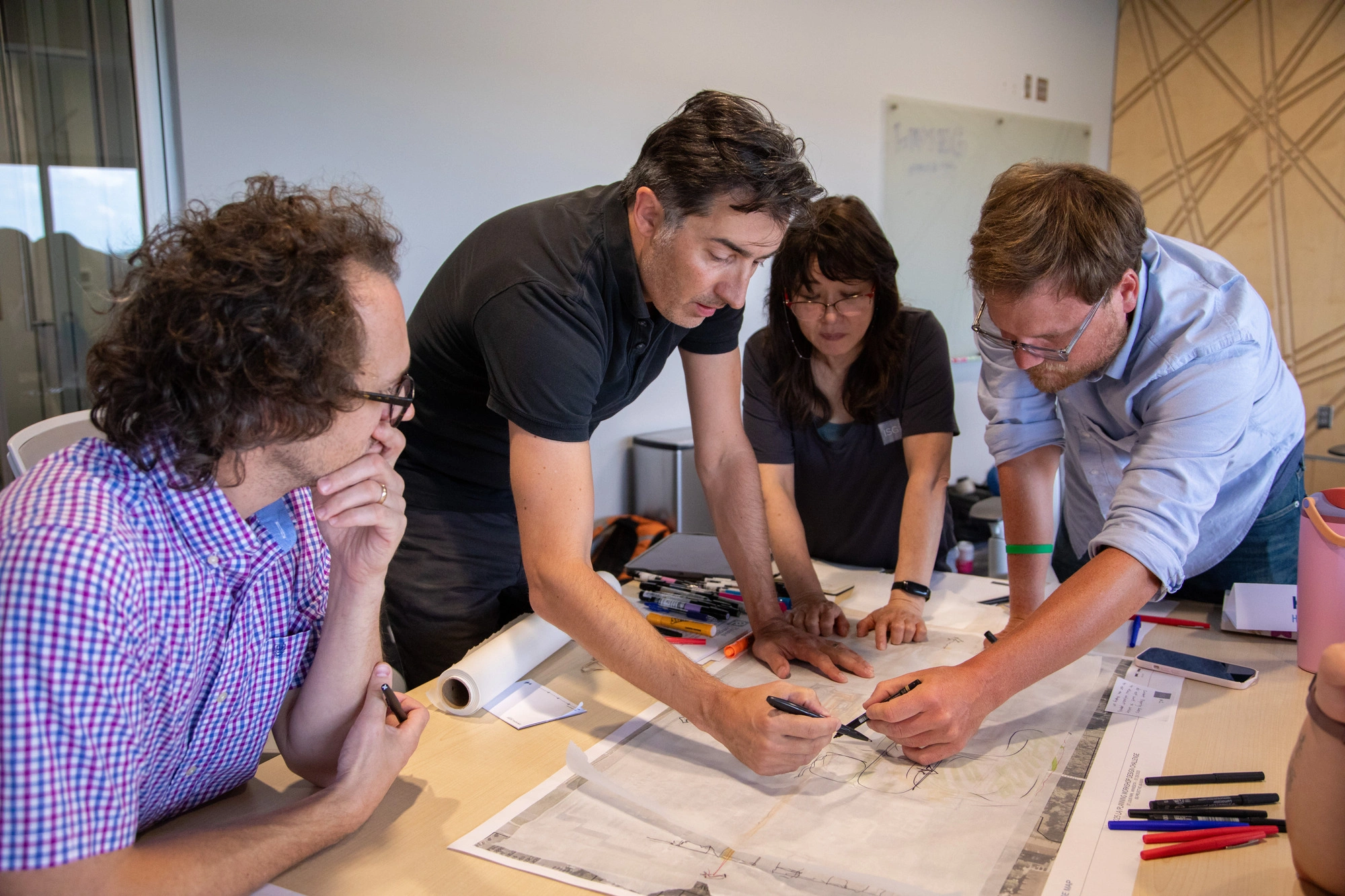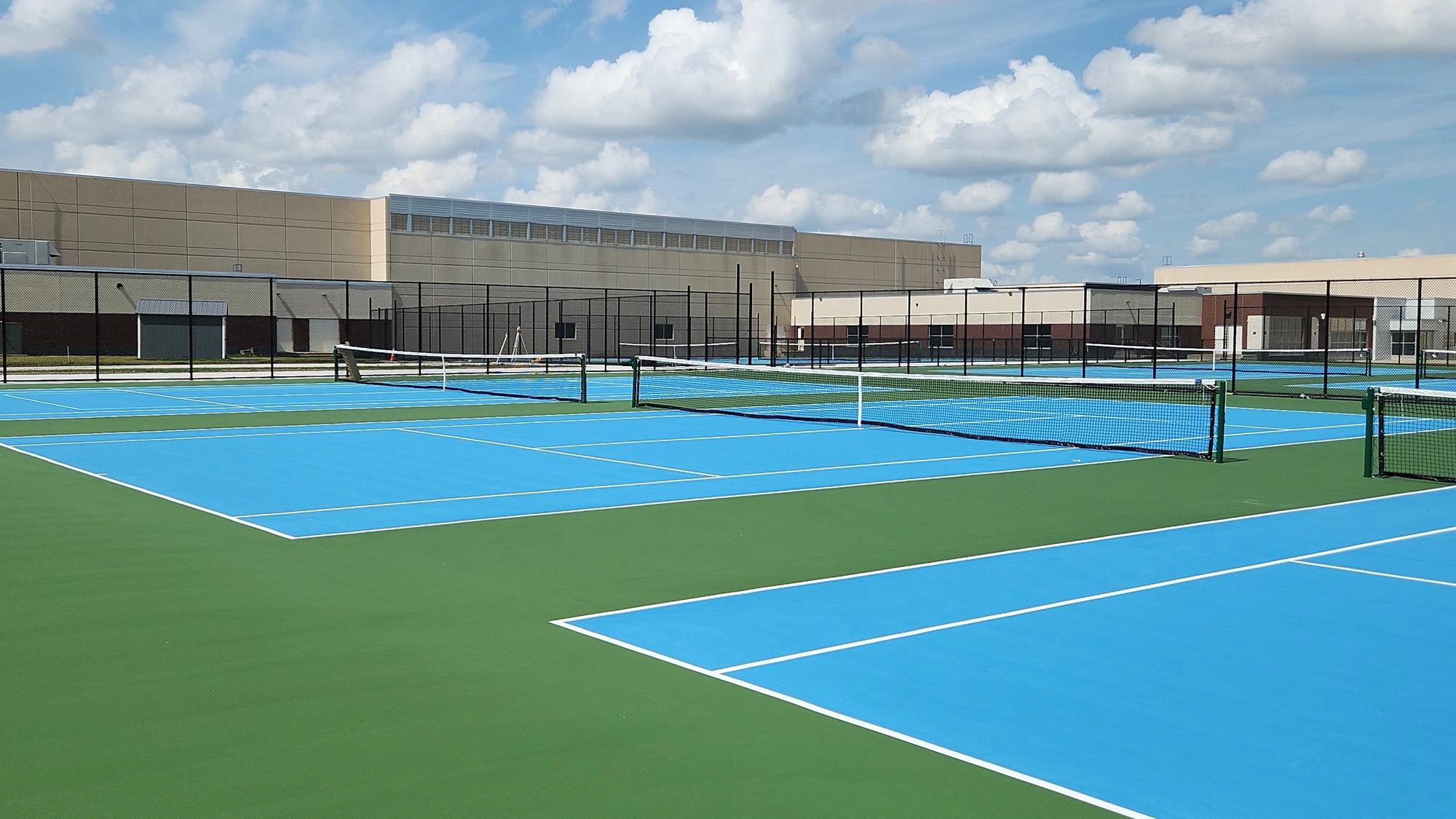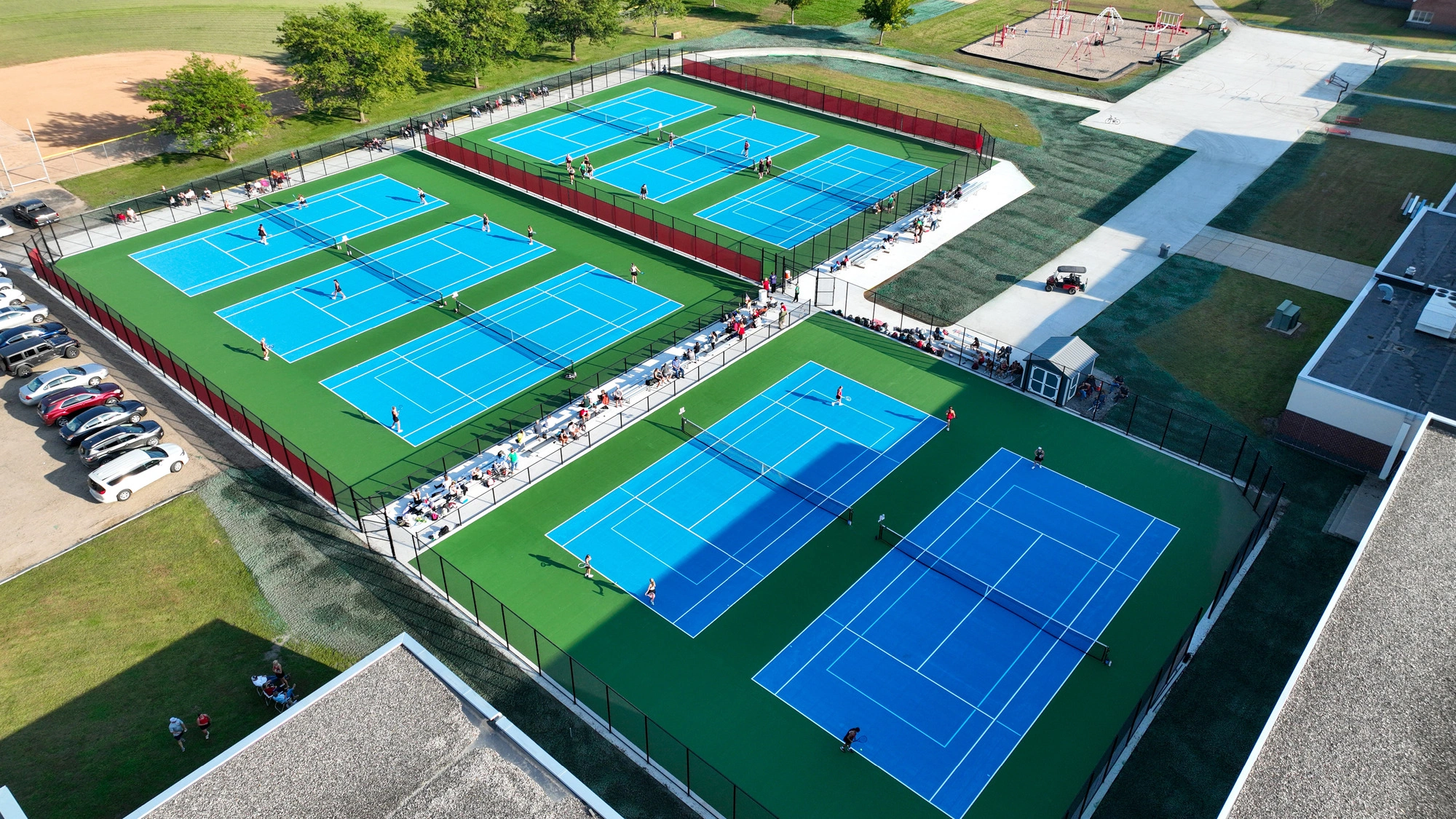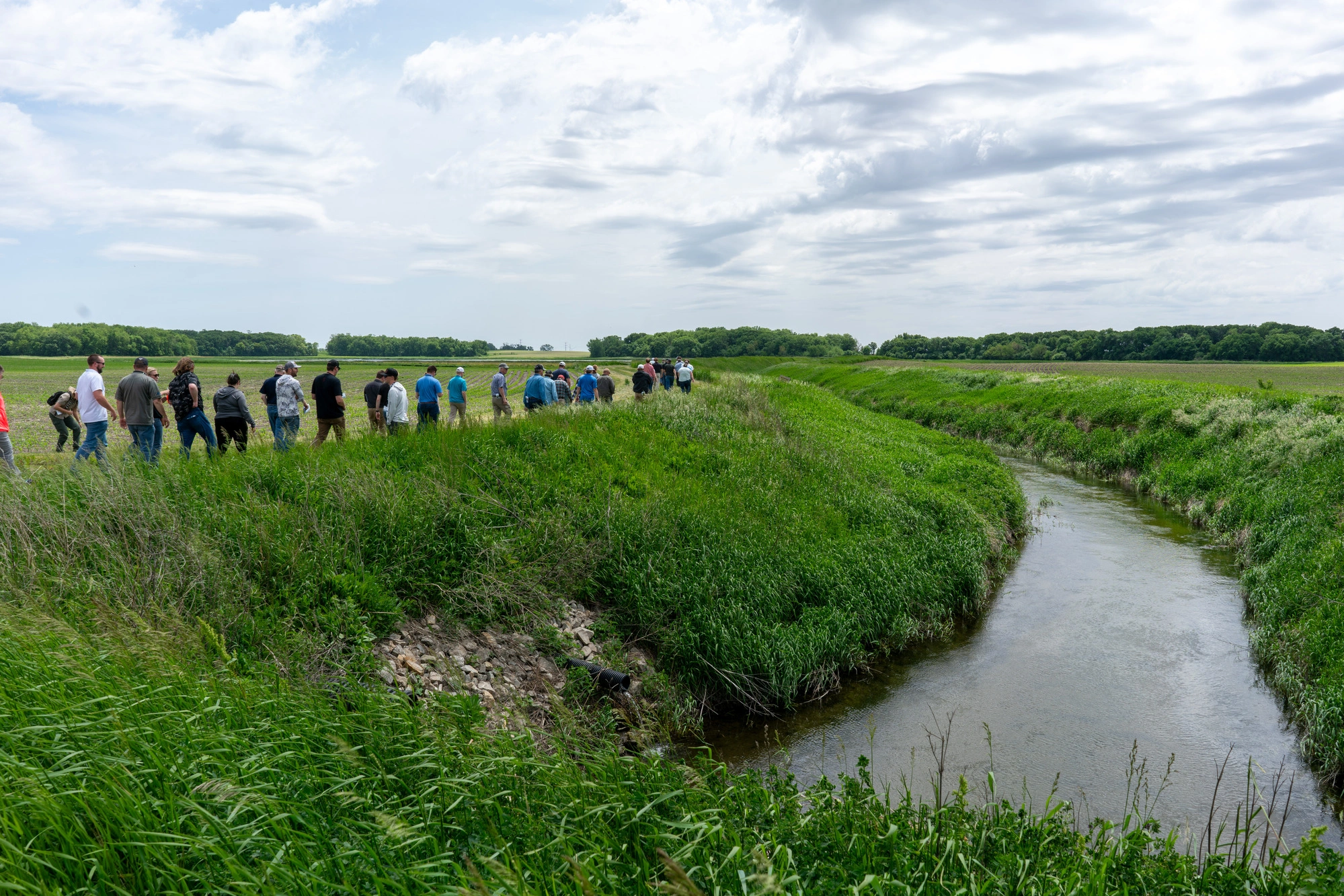Designing Safe + Sustainable River Access Points
As water-based recreation gains popularity, the demand for well-designed river access points rises. Whether for kayaking, boating, or canoeing, properly designed access points provide safe, convenient, and accessible water trail experiences. ISG’s Sports + Recreation team excels at creating solutions that blend functionality, sustainability, and beauty within the natural environment.
Design Considerations for River Access Points
Site Selection + Assessment
Choosing the right location along the river is essential to accommodate both beginner and experienced paddlers. The site should have a gentle slope for easy launching and retrieving of watercraft. A thorough site assessment evaluates factors such as water depth and current to determine the area's suitability.
Since 2016, ISG has partnered with the Des Moines Area Metropolitan Planning Organization (MPO) and cities along Central Iowa’s waterways to develop a master plan for over 150 miles of rivers and streams. Through robust community engagement, more than 145 improvements were identified, including numerous water access points.

Proximity to Amenities + Parking
Adequate parking, safe paths for carrying equipment, and amenities such as wayfinding signage with trail maps and interpretive information can enhance the user experience.
ISG has designed several access points within larger park systems, requiring multi-disciplinary coordination. For example, Beaver Creek in Johnston, Iowa, features lighting components, a formal parking lot, and bicycle parking. Raccoon River Greenway in West Des Moines, IA, and Harriet Street Corridor in Des Moines, IA, include larger parking lots to accommodate boat trailers and complement a host of existing amenities such as a dog park, playground, fishing pier, and walking trails. For the Indian Creek Recreation Corridor and Access Plan, an outdoor classroom was designed to build awareness around water quality and flood resiliency goals.

Durable + Low-Maintenance Materials
Selecting materials that withstand the elements and require minimal upkeep is critical. Options such as natural limestone outcropping, riprap, and reinforced concrete endure potential flooding and other weather conditions, providing longevity and reducing the frequency of repairs and replacements.

At Lew Clarkson Park in Johnston, IA, designers incorporated soft trails and limestone stairs to help visitors easily reach Beaver Creek. An erosion and sediment control plan using low-maintenance vegetation to stabilize soil was also developed to minimize pollution and protect wildlife.

Overcoming Design Challenges at Soper’s Mill in Ames, IA
Balancing Slope Along Eroded Banks
Designing river access points involves careful and precise slope calculation.
Below is an export from Developing Water Trails in Iowa, illustrating ideal slope and angle for canoe and kayak launches:
- Launch angle: 30 to 45 degrees pointed downstream
- Launch slope: 8 percent target
- Launch transition section: 14 to 18 percent slope (where the launch meets ordinary high water level)

ISG collaborated with Story County Conservation (SCC) to design access points along the Skunk River at Soper’s Mill in Ames, IA, where severe erosion had created vertical cliff-like slopes. The team’s approach required precise grading measurements and the use of materials like riprap and native vegetation to stabilize the bank and provide a smooth slope, preventing boats from bottoming out while keeping the riprap covered.
Managing Seasonal and Water Level Variations
Rivers are dynamic systems with fluctuating water levels, as evidenced by recent unprecedented flooding. Designing access points that remain functional during various water levels requires careful planning and engineering. For the Soper’s Mill access, ISG’s water team developed accurate design elevations based on average fluctuations. The access point is a reinforced concrete ramp that can be accessed at grade or at the bottom of the slope, depending on water levels, ensuring year-round usability.

Minimizing Environmental Impact and Promoting Biodiversity
Designing with the environment in mind means considering the impact on local ecosystems. ISG completed a wetland delineation and environmental site analysis for the Soper’s Mill access and guided Story County Conservation through the permitting process. This included coordination with the Iowa DNR and the County and discussions with The University of Iowa to avoid archaeologically significant areas. An erosion and sedimentation control plan established vegetation buffers and existing rock riffles stabilize the banks and provide habitat benefits for fish and other wildlife.

Well-designed river access points enhance recreational water trails by providing safe, functional, and environmentally friendly access to waterways. ISG’s expertise ensures that these access points blend seamlessly into natural surroundings, promoting recreational enjoyment and ecological sustainability. Let’s get your community rolling on the river—connect with ISG for your upcoming water access project!
Related Articles

.webp)
ISG Recognized as a 2025–26 Emerging Professional Friendly Firm for the Fourth Consecutive Cycle
ISG has been honored as a 2025–26 Emerging Professional Friendly Firm by AIA chapters in North Dakota, South Dakota, Wisconsin, and Minnesota in recognition of its commitment to fair compensation, licensure support, mentorship, and growth for early-career architects.












